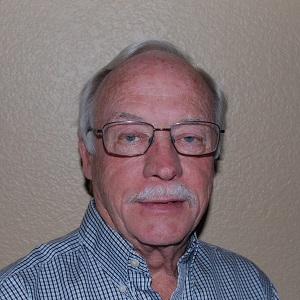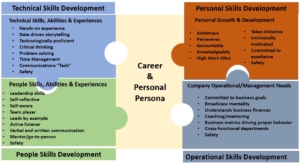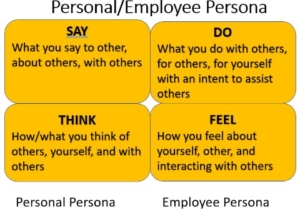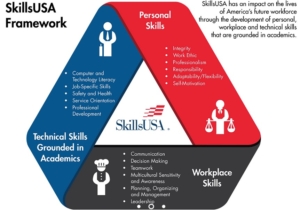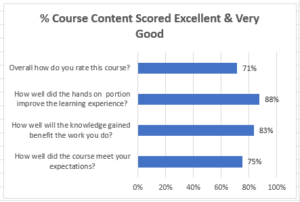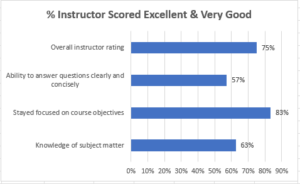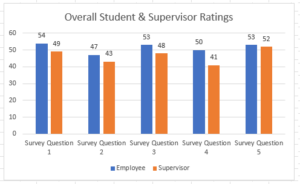It Has Been One Hundred Days Since We Last Talked
It Has Been One Hundred Days Since We Last Talked
Guest writer John Andersen brings readers up to date on the challenge he levied against the industry when it comes to innovation. Read his follow-up to see the outcome in “It Has Been One Hundred Days Since We Last Talked.”
The expression one hundred days is often used as measure of the time it takes for impactful change. One hundred days ago, in a blog post with Ron Slee we lamented the complete lack of innovation in the heavy equipment industry. In a subsequent podcast we called out the suppliers of business systems and dealership management software for not delivering or at very least promising anything new. We openly challenged these same suppliers to deliver, to prove us wrong, to at very least explain what was coming. Of course, this could be done under an NDA and there was no need to spill company secrets. The response was, well…Crickets! There was one bright exception, one supplier approached me in confidence. They shared strategic developments and some specific product direction. While not groundbreaking it was certainly refreshing to see a company investing in their products and services beyond APIs, interfaces, and otherwise just moving the same old furniture around the same old house. Despite being part of a much larger portfolio, they understood the value of growing the business not just growing the base.
At the critical halfway point e-Emphasys announced the acquisition of competitor CDK Global Heavy Equipment. After 45 days the only noticeable development has been a couple of web page banners and a new list of executives. Arguably the combined company may have more customer locations and a larger development team than any other supplier and should be the industry leader in innovation and innovative ideas.
In the last one hundred days ChatGPT has released three more versions, an iPhone app and integrated AI services into no less than one thousand service providers. Bing has now fully integrated the AI module and become the front runner in the new search, answer, response, and chat market. Google continues to develop and deploy bard as their AI solution and is quietly trying to catch up. Travel companies are leaning on AI for trip planning, Advertisers are using it build mega million-dollar brands, and even education is now embracing the virtual classroom and ai based professors.
In the last one hundred days one major OEM has announced a new electronic warranty system. Another OEM has announced a virtual service assistant already in prototype. A new company in Europe is working with telematics information to offer predictive analytics and prescribed consumables to operators of lift trucks guaranteeing minimal downtime and reducing the need for redundant equipment. Even I have left my home automation “Alexa” for my new AI based assistant who handles everything from ordering meds, suggesting dinner based on what’s in my fridge, to reminding me to write a blog post.
In the last 100 days what have you done to advance, innovate or otherwise energize your business? Share them with your team or your suppliers. Share them with me or Ron. Before you renew with your existing suppliers ask the critical question, “What have you done with last 100 days”. If they can’t tell you how they are impacting your business in the short term, then don’t trust them to deliver in the long term.
The days of waiting it out or planning for next year are over. Everything operates at the speed of technology. Whether it’s quarterly or everyone hundred days, someone or something is coming to challenge the way you operate. Do nothing, wait, fatten up and you will be someone’s lunch. Plan your one hundred days. A swing and a miss will help you prepare for the next one hundred days. You can’t plan in a vacuum, start getting updates from your employees about their one hundred days. Ask your customers about their one hundred days. Demand the 100-day plan from your technology partners. Lead or follow but don’t wait for someone else.



